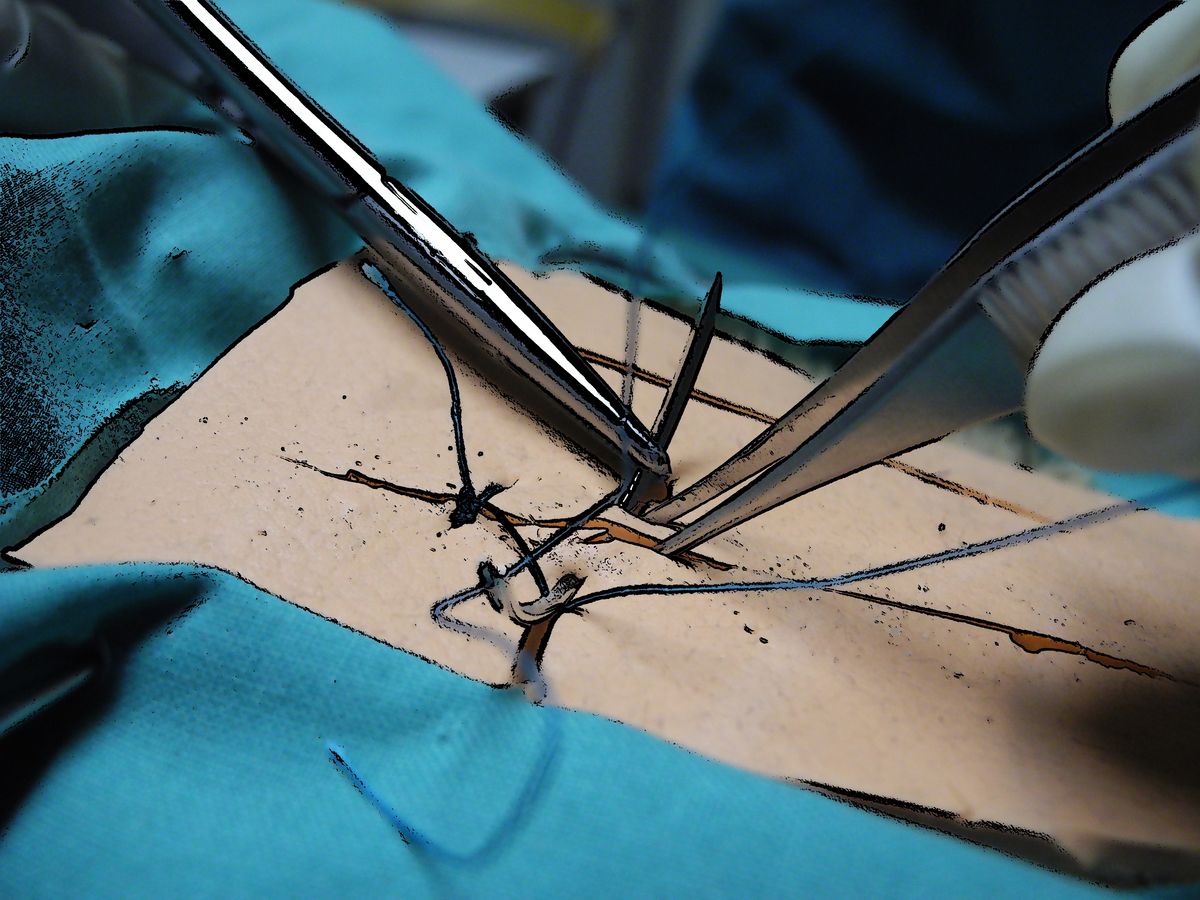Basic skills needed for daily practice with with every animal
Different case scenarios translated from iNUVACS
Learning objective:
The students should practice history taking, how to deal with difficoult situations, how to deal with different types of patient owners and also communication with colleagues.
Specialist advice:
Dr. Dora Bernigau (Institute of Veterinary Anatomy)
Be(e) Vet is a hive with a completely photographed bee colony. The photos can be exchanged. Students can learn how to work with bees as a dry run first before dealing with our local real bee colonies.
Learning objective:
Dealing with bee combs, diagnostics, finding of the different types of bees
Specialist advice:
Dr. Ilka Emmerich and TÄ Julia Dittes
